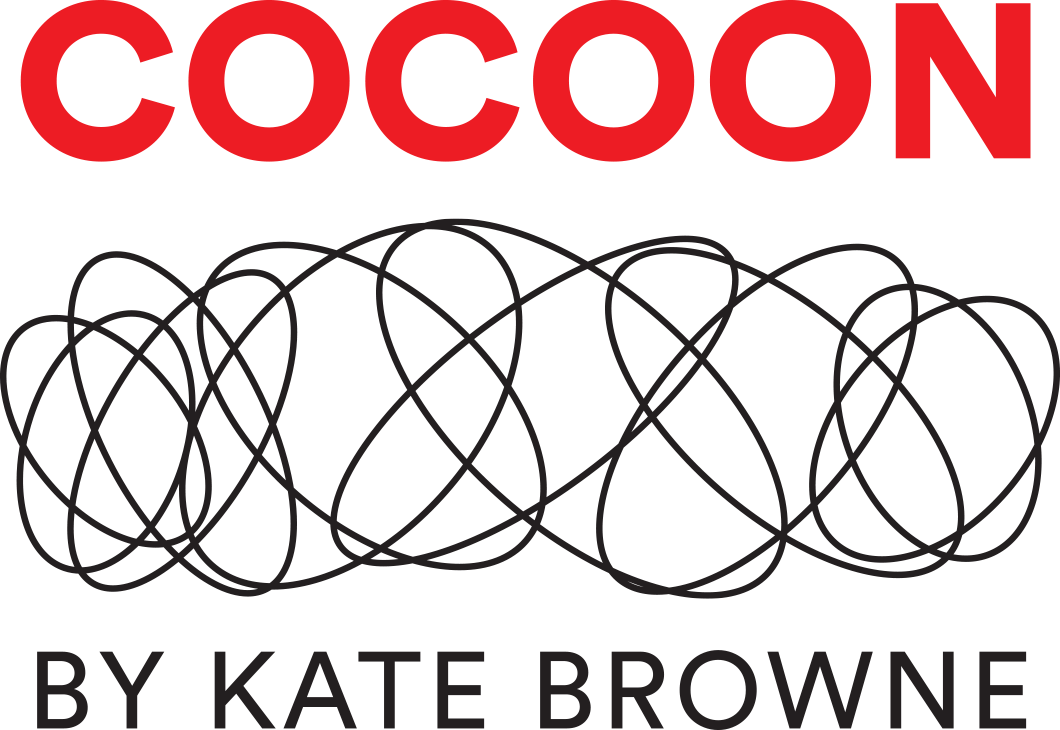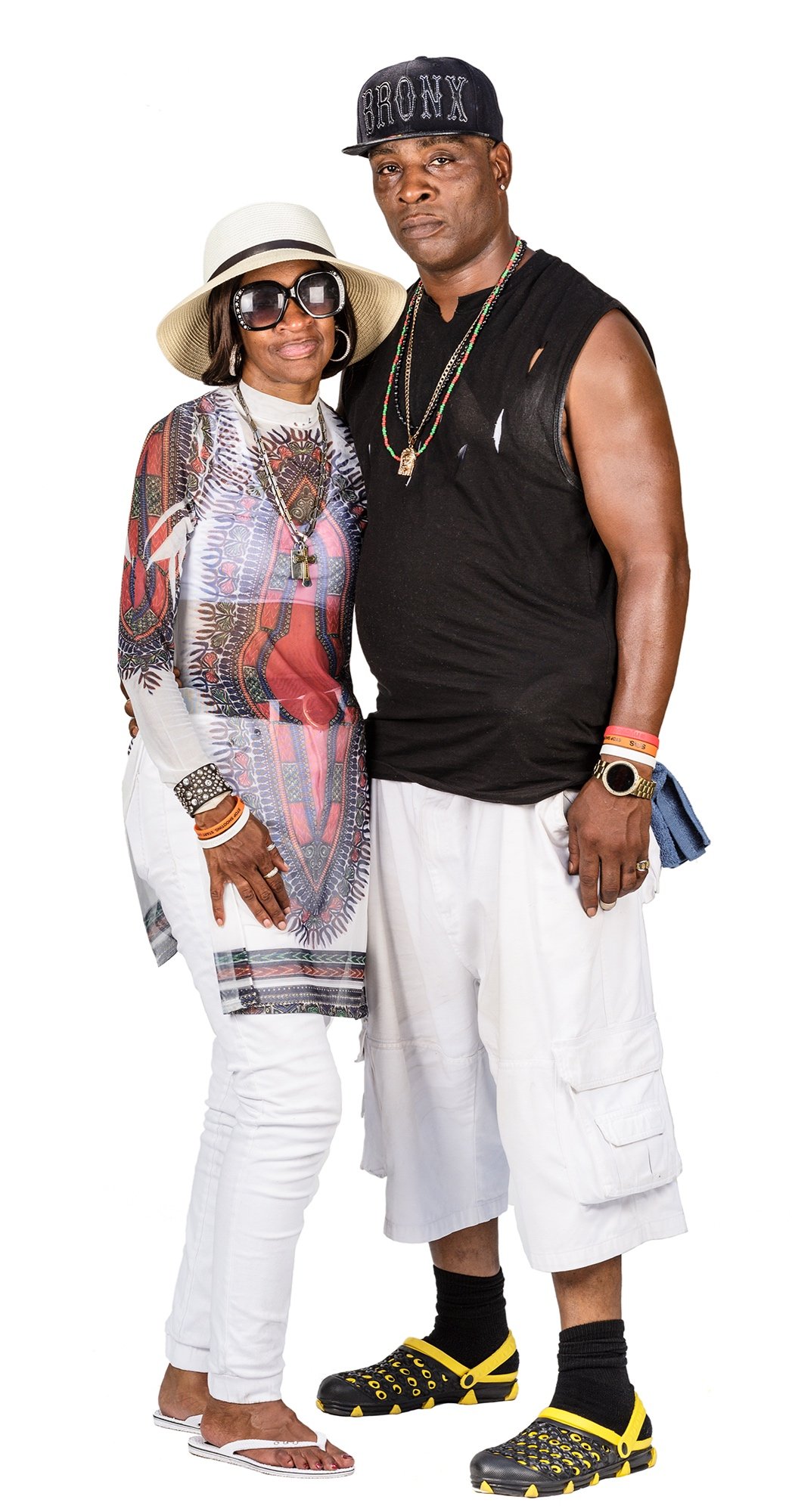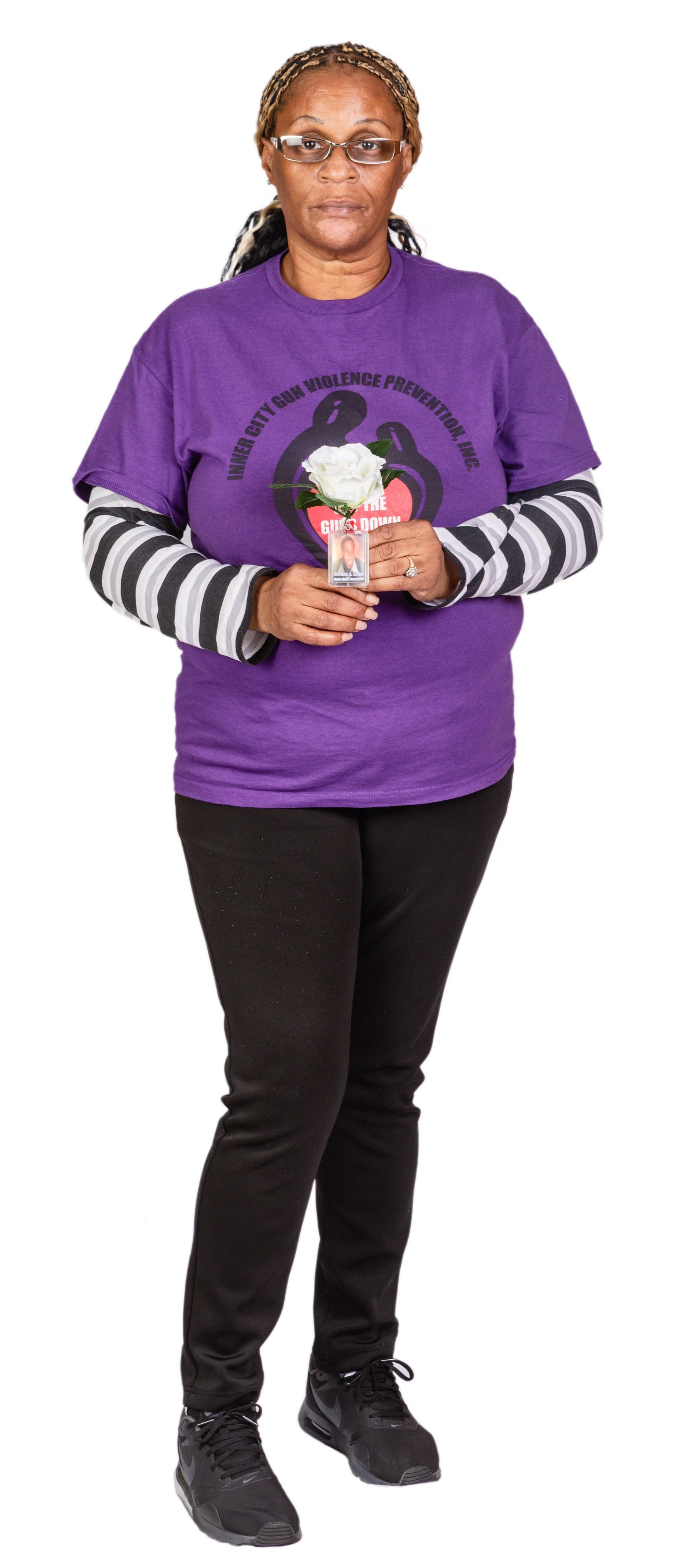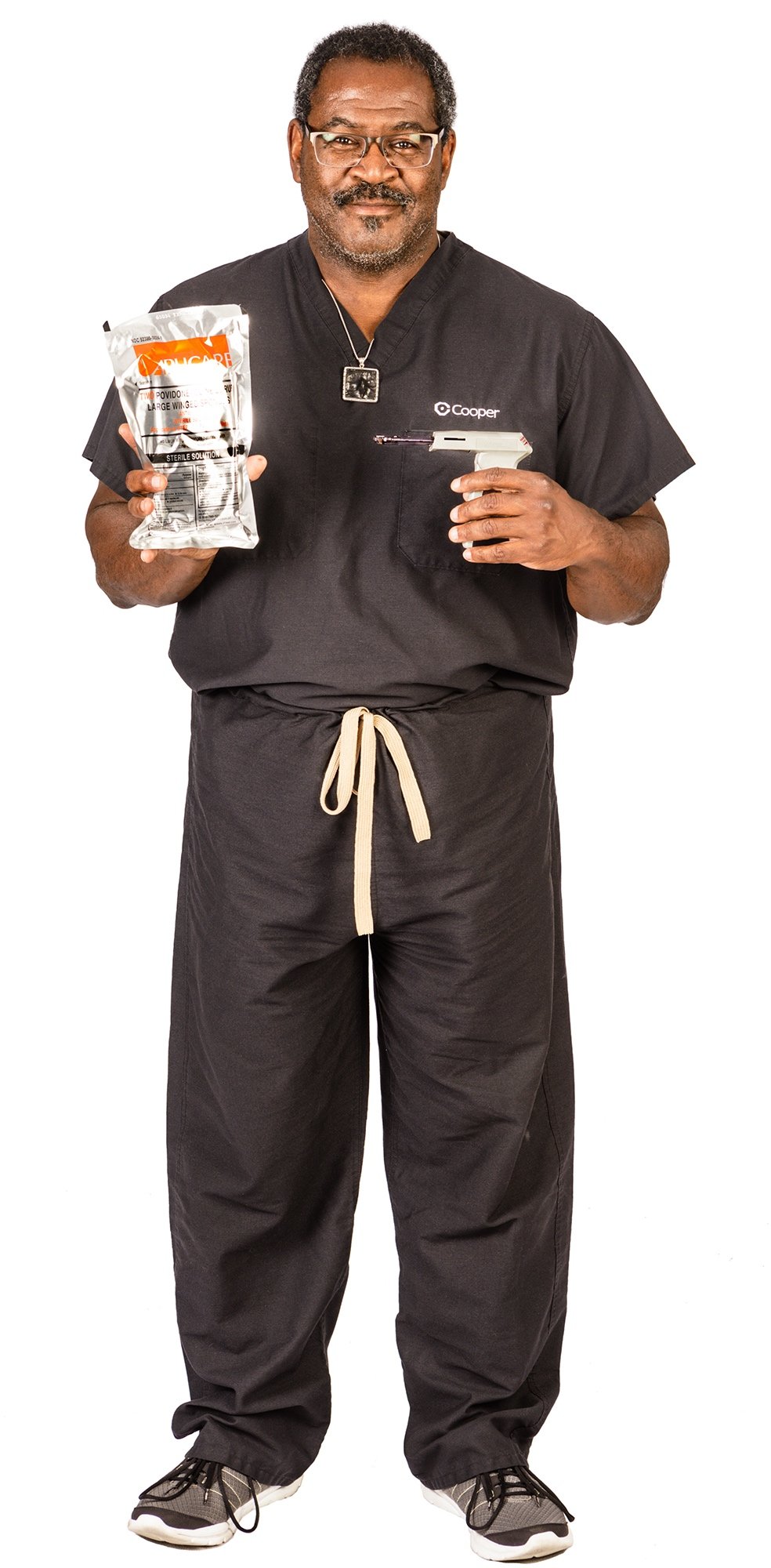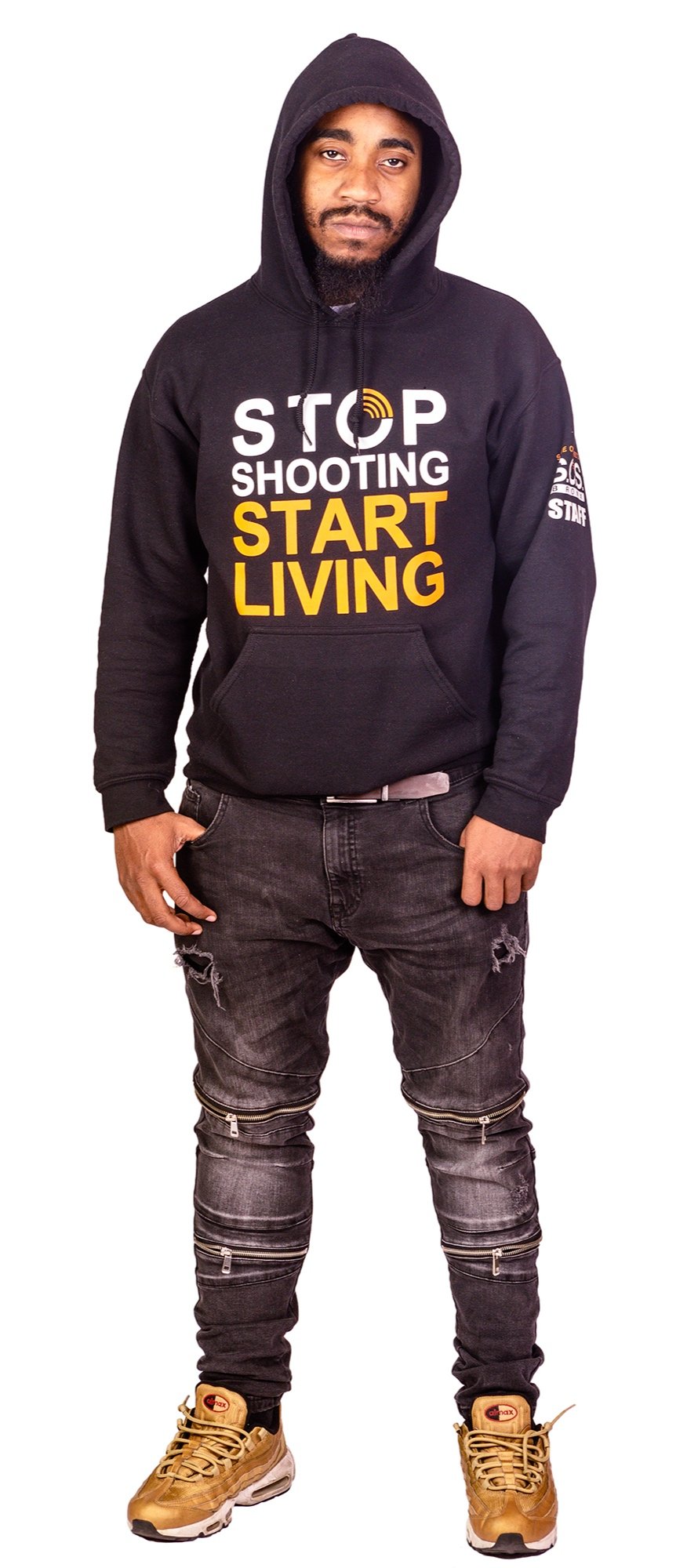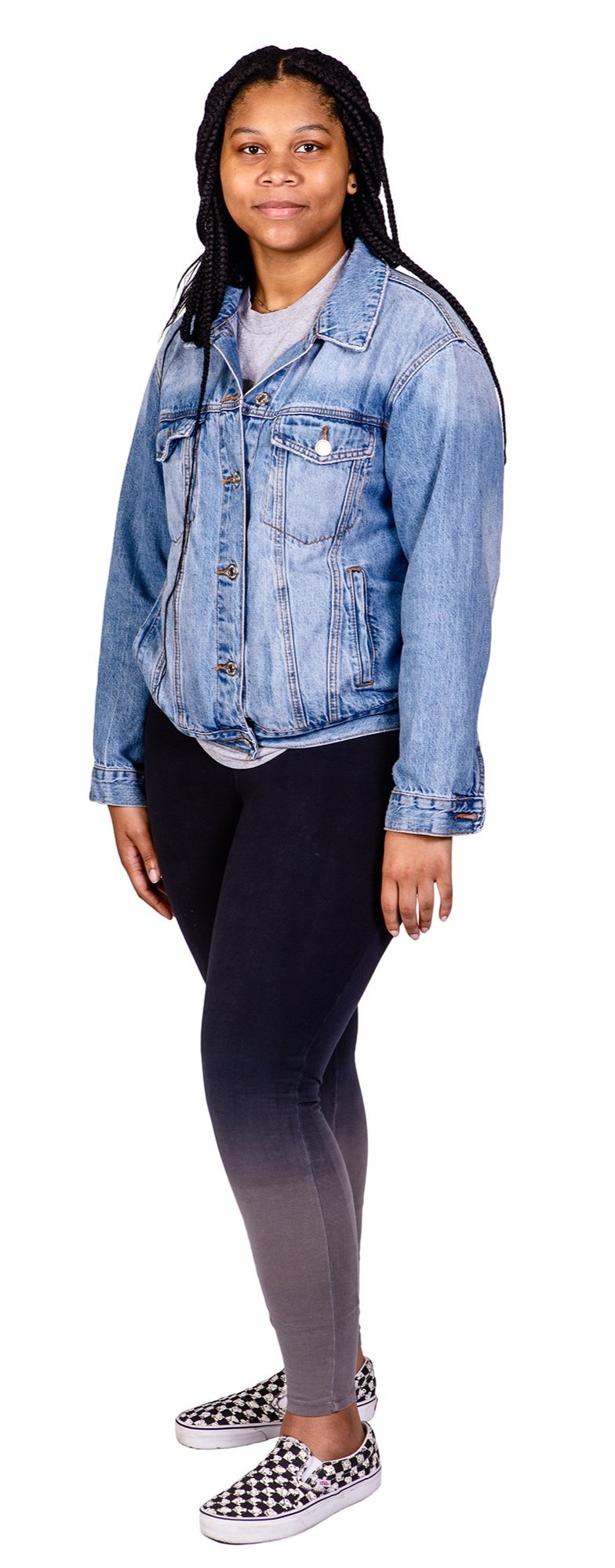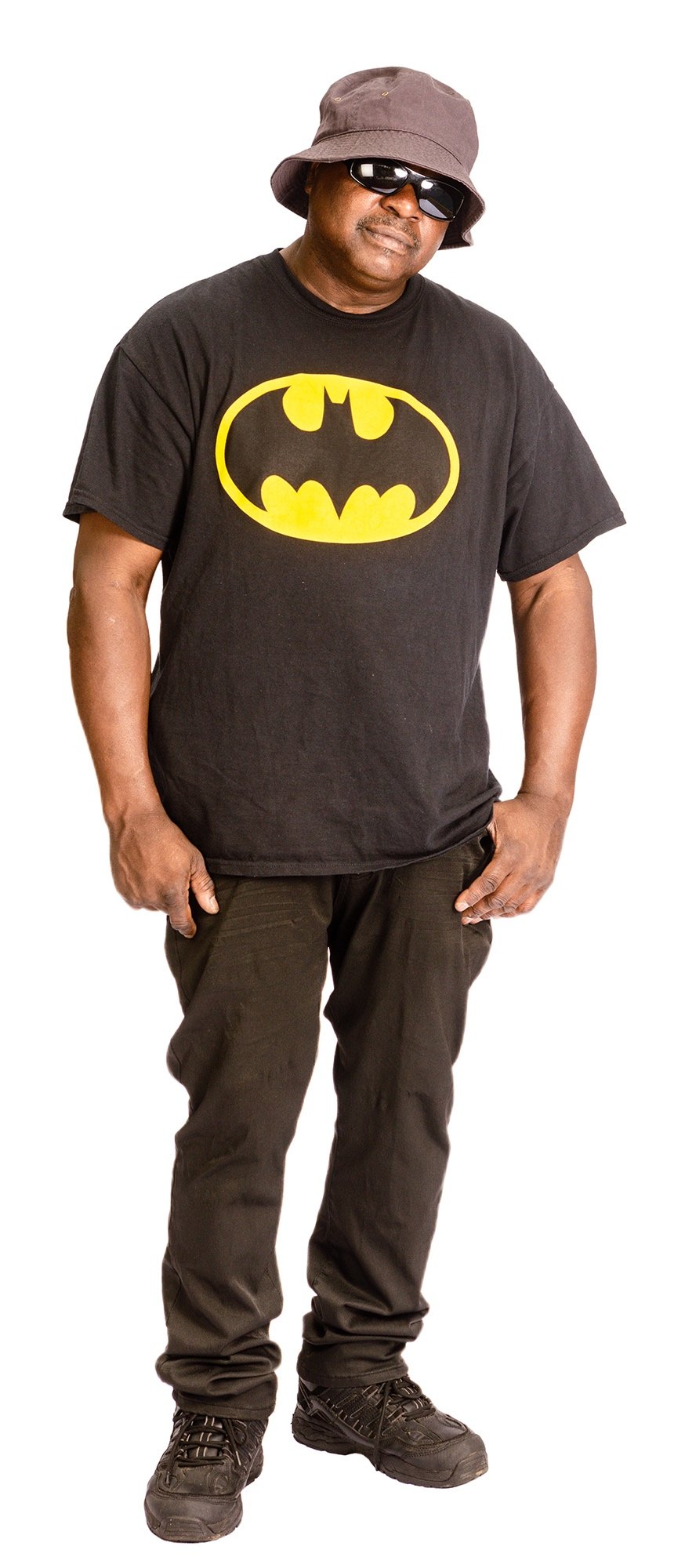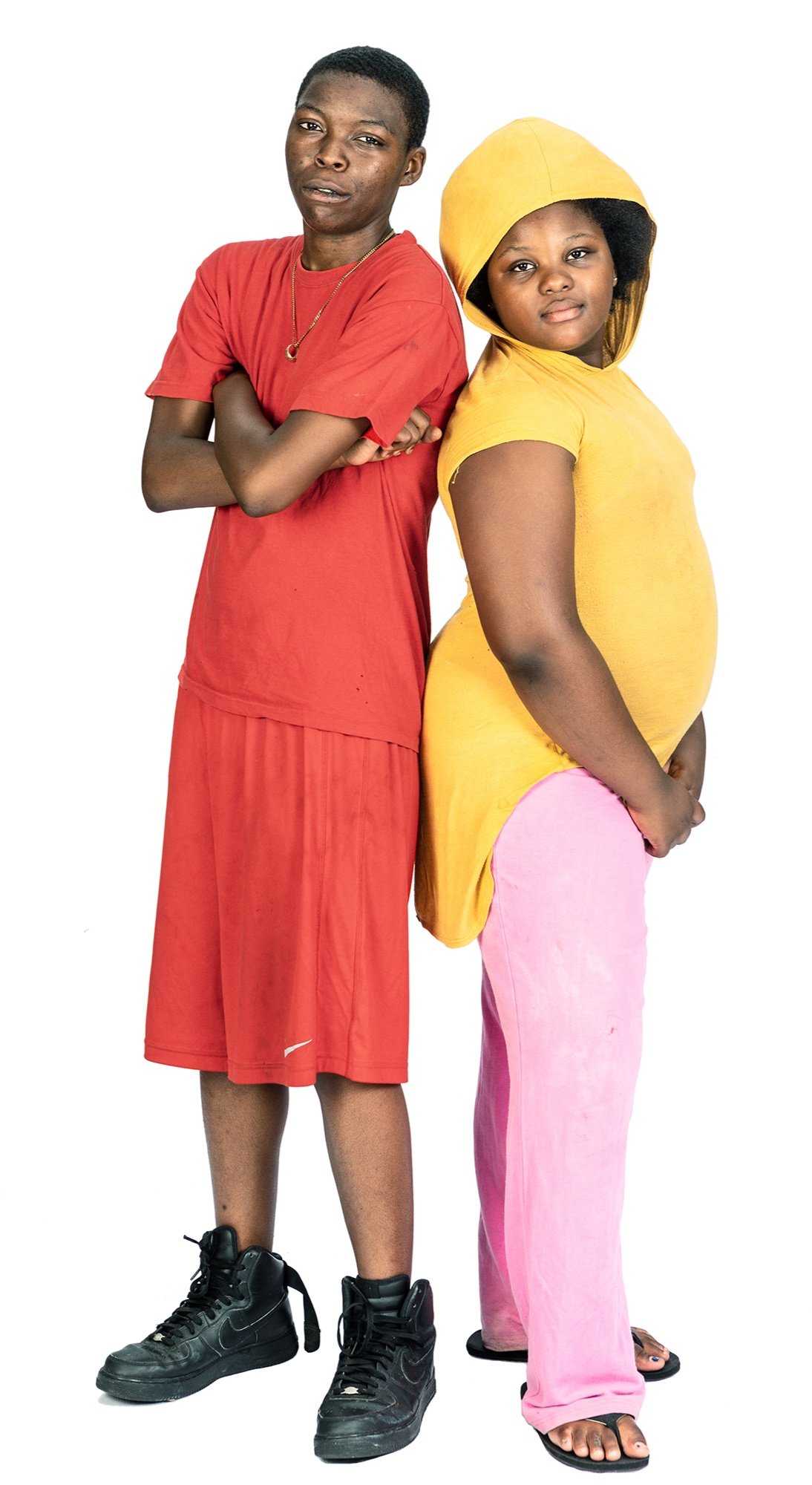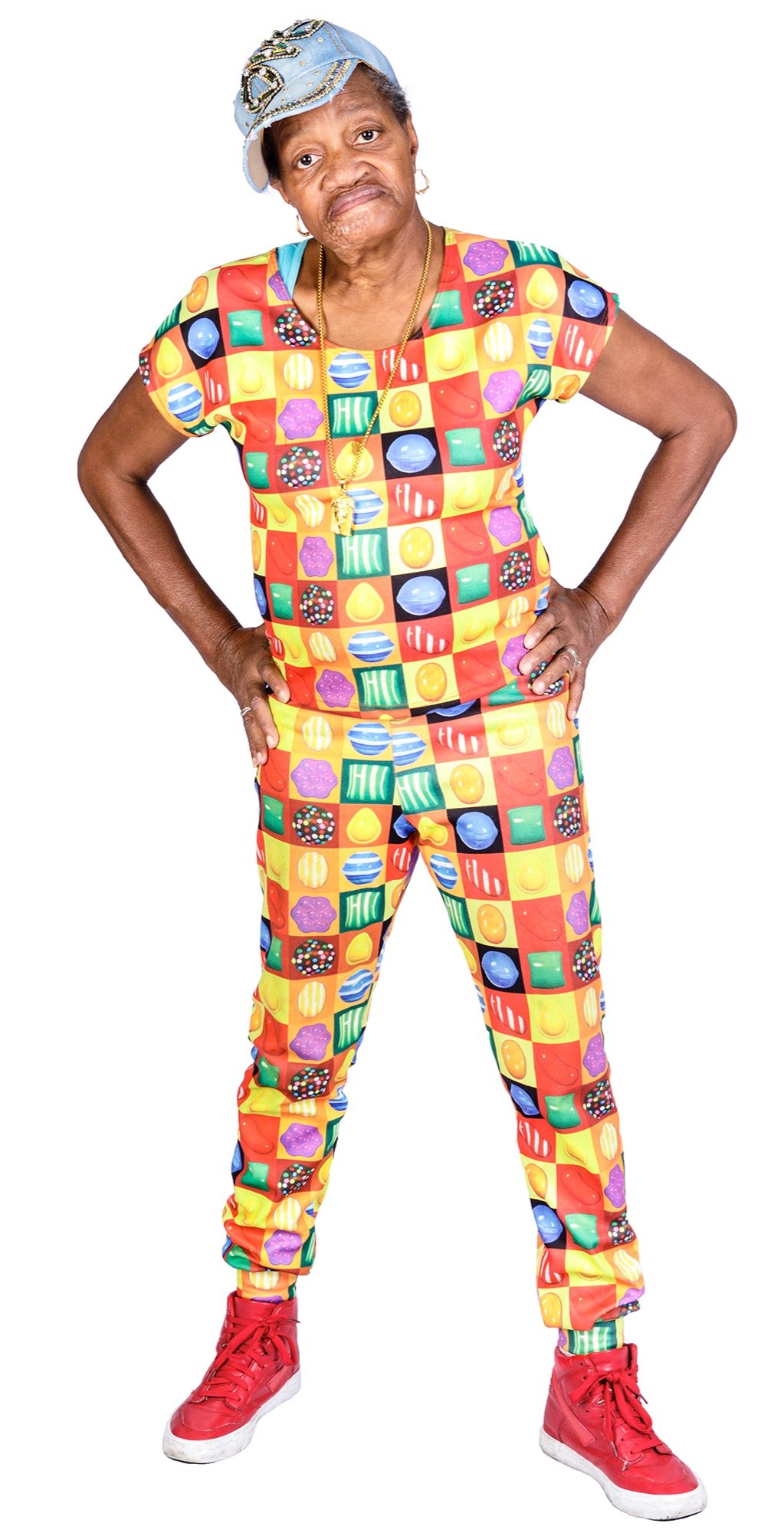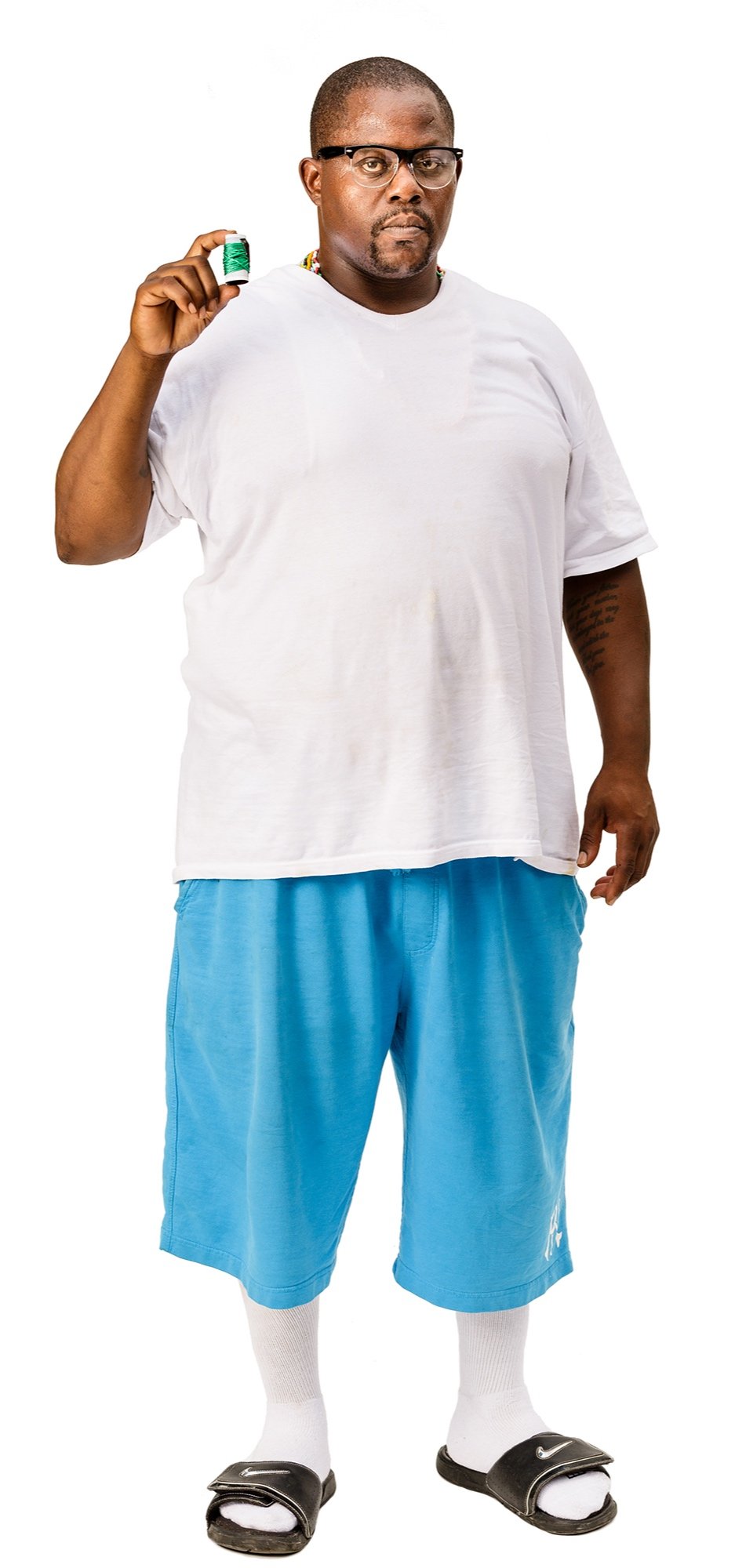Cocoon Bronx NYC
Tracing the Bullet
Proposal for an Exhibition
“Tracing the Bullet” is a recent edition in Kate Browne’s COCOON series, which focuses on forced and voluntary migrations and the epidemics that follow. It is set in three public housing developments in the Melrose neighborhood of the South Bronx. Derived from numerous interviews, the soundtrack traces the path a bullet takes through the lives of its victims and their families, their neighbors, and the people whose work puts them in the bullet’s path.
Between 2016 and 2018, Kate Browne conducted more than 200 interviews with people who live in the Morrisania Air Rights, Jackson and Melrose Houses. At nearby Lincoln Hospital she interviewed EMTs, nurses, trauma surgeons and staff. In the larger neighborhood she interviewed funeral directors, violence interrupters, housing cops, grief counselors, community volunteers, and members of bio-teams, hired to clean up the blood spilled in the shootings.
These five videos above and below feature excerpts from the soundtrack. A daughter of a murdered father, an ER trauma surgeon, a mortician, a violence-interrupter, and an expert on I-95 gun smuggling all trace the path of the bullet through their lives and the lives of families and friends. The portraits on the wall show a small selection of people who participated and told their stories. Something like: these are meant to suggest in broad strokes what an exhibition might look like.
The I-95 gun pipeline
Trauma
Violence Interrupters
Mortician2
Whatever their spot on the bullet’s path, everyone talks about the personal toll of trauma. It is inescapable. They talk about the shock and grief from abruptly losing family, friends, or neighbors to shootings, and the long-term repercussions that follow. “Everybody grieves differently when something hurts,” says a woman whose son was murdered three decades ago, and whose 5-year-old great-grandson was shot in the head two years ago but survived. “But if you believe that it’s going to get better, the pain goes away. It goes away. The memory, the feeling the loss is there. But the pain goes away.”
People talk about the inequitable treatment of dead black and brown bodies, about the anger, for example, over the days it usually takes after a shooting in public housing for the blood to be cleaned up. Or the hours it took to remove the body of a young man who had bled out on a street corner near several schools. Outside during a fire drill earlier in the day, schoolchildren had seen him pass by, alive. Then they heard shots and ran inside to shelter in place. Later, on their way home, they walked by his dead body.
A funeral director talks about being unable to prepare a body for viewing because of 14 bullet holes, and how she has to explain to the family the need for a closed casket. A woman who works at Lincoln Hospital lost a nephew to gun violence, killed by a ricochet bullet one night. In her job she reviews all the cases that come through the ER. Every time she has to look at the case of a gunshot patient, she says, “I’m reliving the moment” her nephew was shot. A tattoo on her arm in his memory keeps her going. “Tia,” she hears her nephew say, “keep pushing.”
The gun violence epidemic in the Bronx is happening now, it’s ongoing. Between 2010-2015, 91% of the guns recovered by the police in the Bronx were from out of state. The guns are coming up the I-95 south-north iron pipeline: from Florida, George, South Carolina, North Carolina, and Virginia, moving from states with lax regulations to a state with strong gun control. It’s especially important that these stories from the Bronx are heard in the states where the guns come from.
Scenes from the Procession and Illumination May 28, 2018
Wherever it is produced, Cocoon is, in essence, an artwork about creating a place and a moment in which all voices can be heard. Buried and neglected histories are brought to light. Normal hierarchies are suspended, and old traumas can begin to be addressed. The people of the Bronx speak about their lives of struggle and joy, of surviving periods of public neglect alternating with periods of public attack. Older people talked about the fires that decimated much of the Bronx, including Melrose, in the 1970s, after the city closed too many firehouses in the name of austerity. It was the precipitating event of so much of the misery that has followed.
The Bronx Cocoon culminated on the outdoor basketball courts of Jackson Houses, where the sculpture was built. In the early evening of May 19, 2018, participants marched through the neighborhood and arrived at the Cocoon, which was then illuminated. Then they entered the sculpture and heard their own histories made audible, visible, and present.
Portraits of Participants

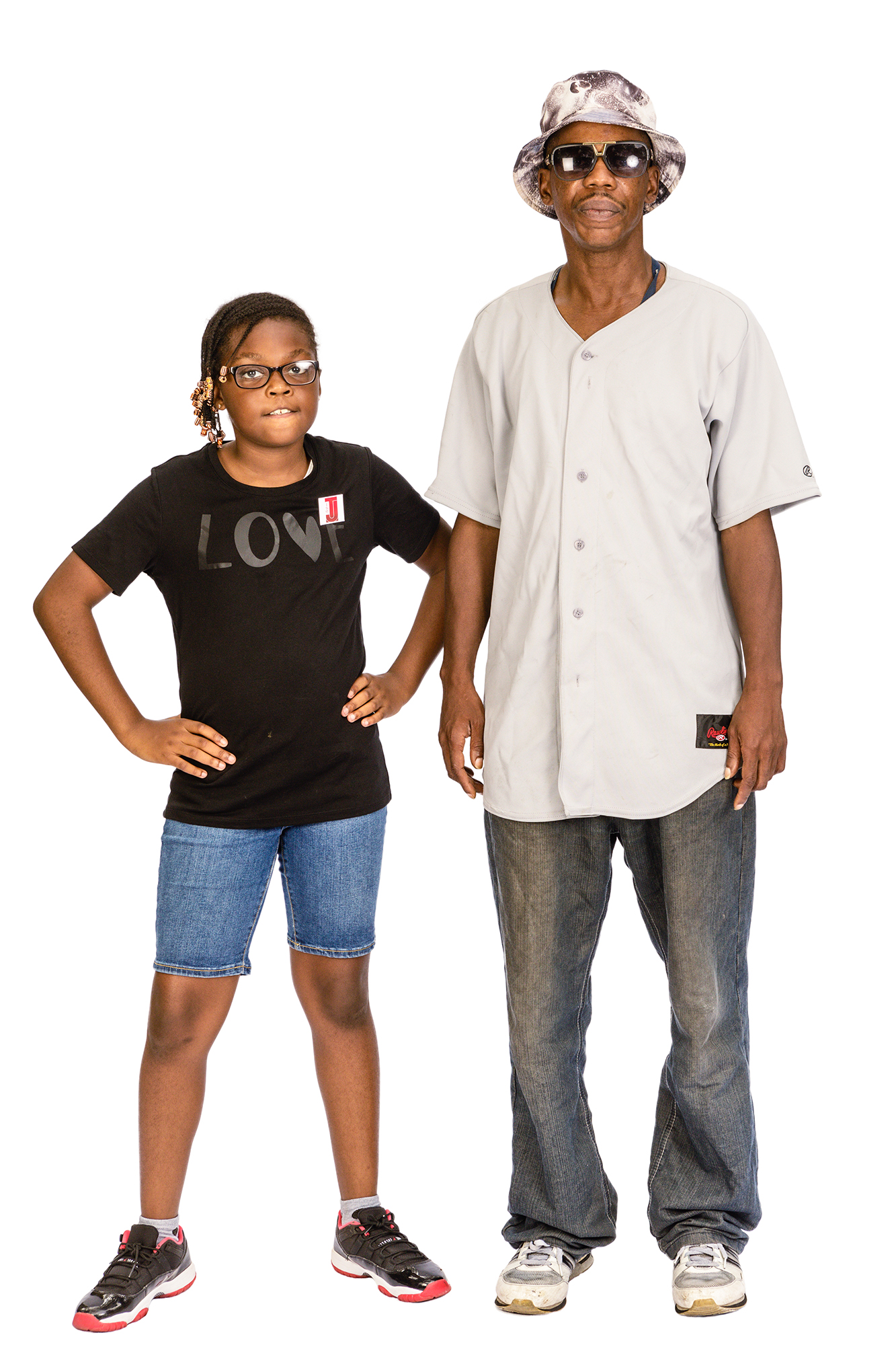

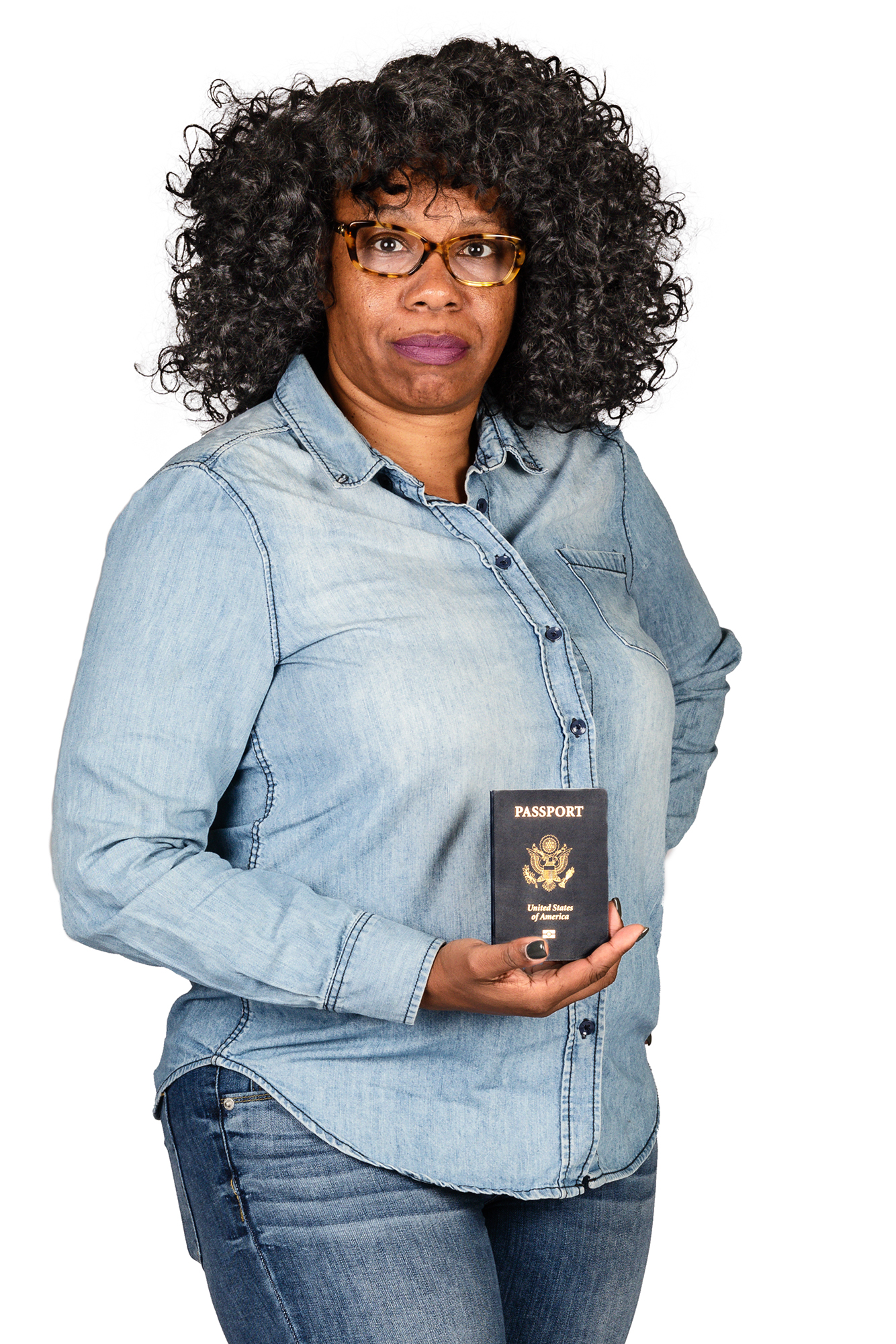
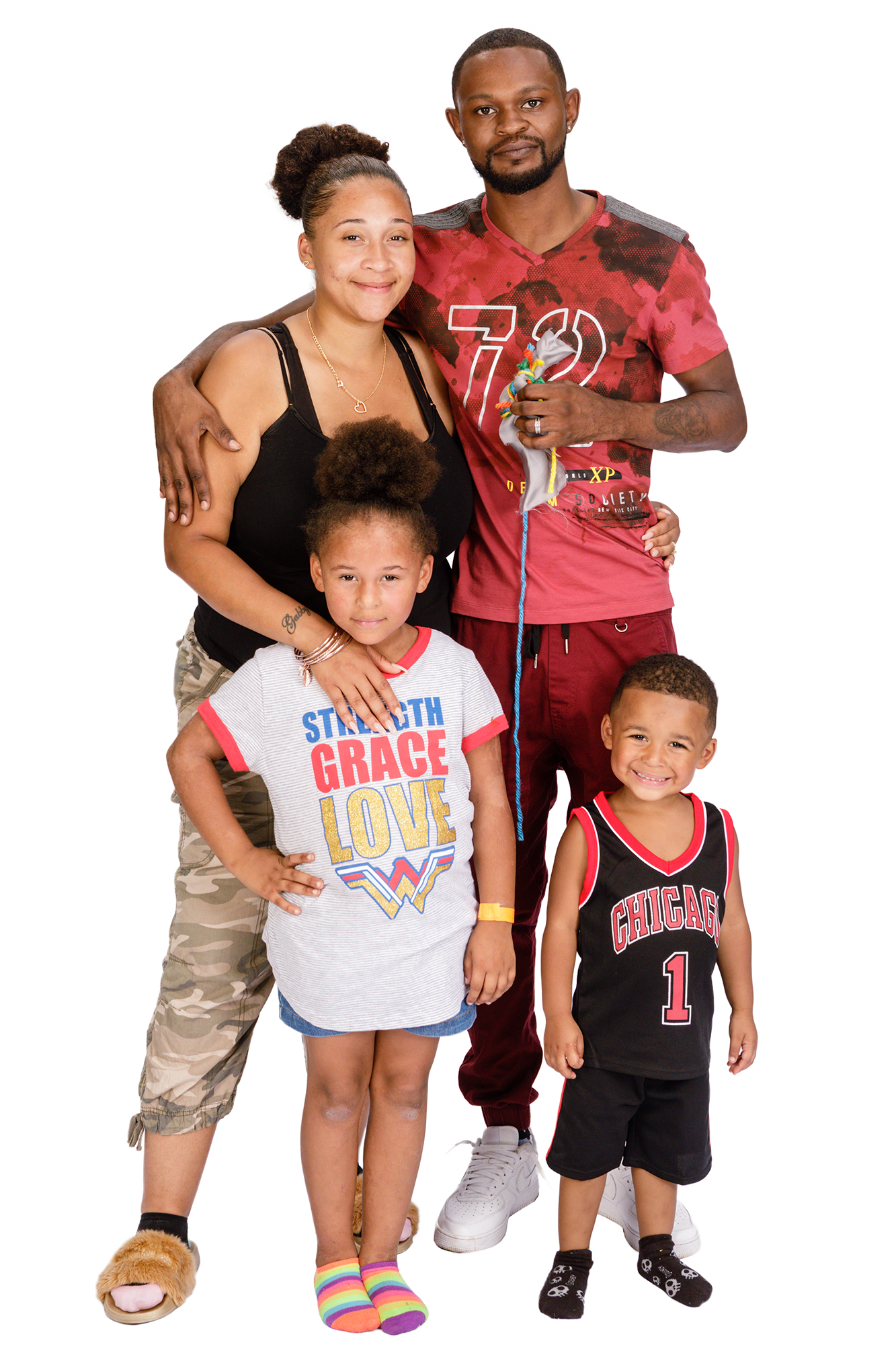
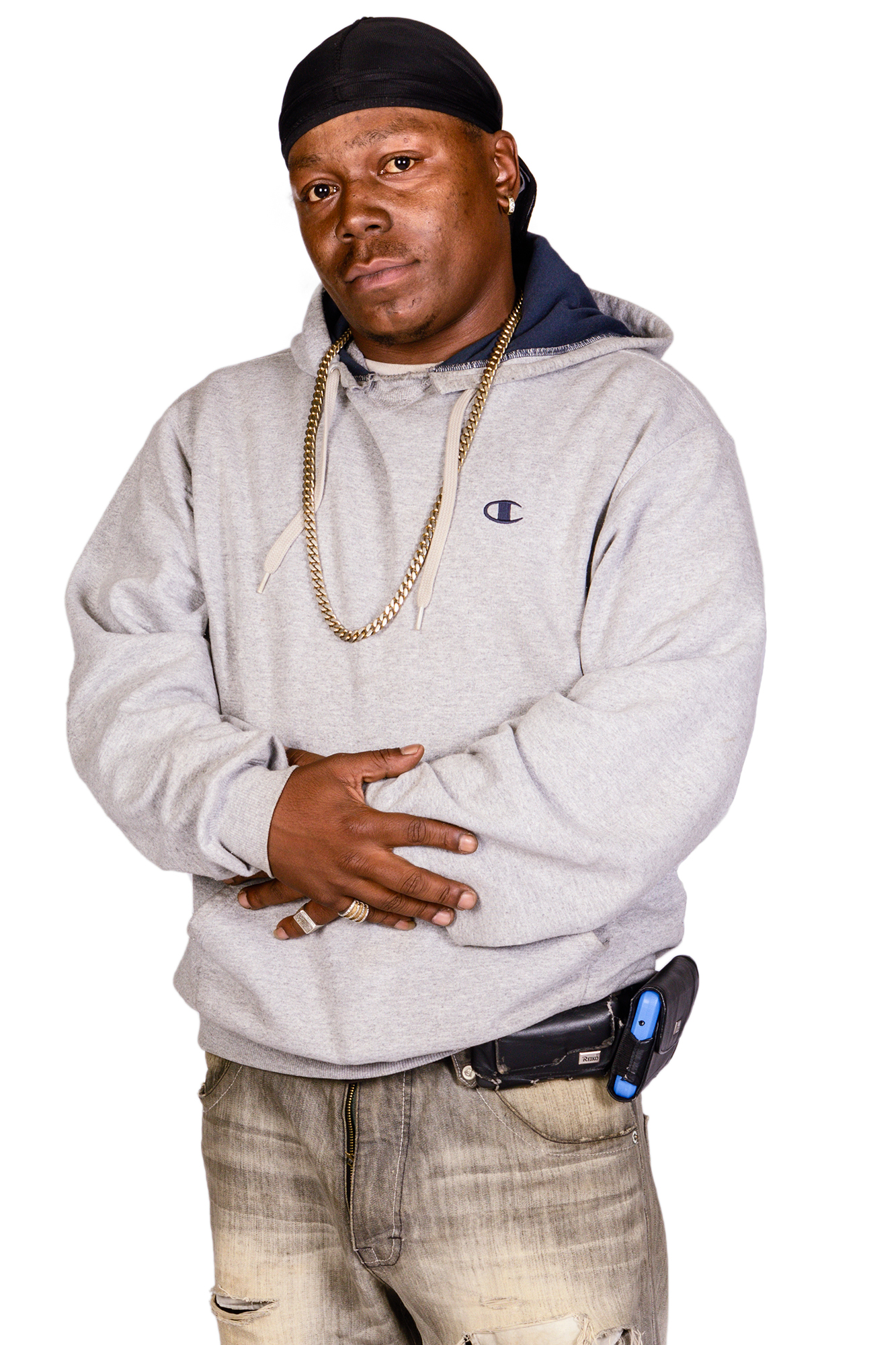
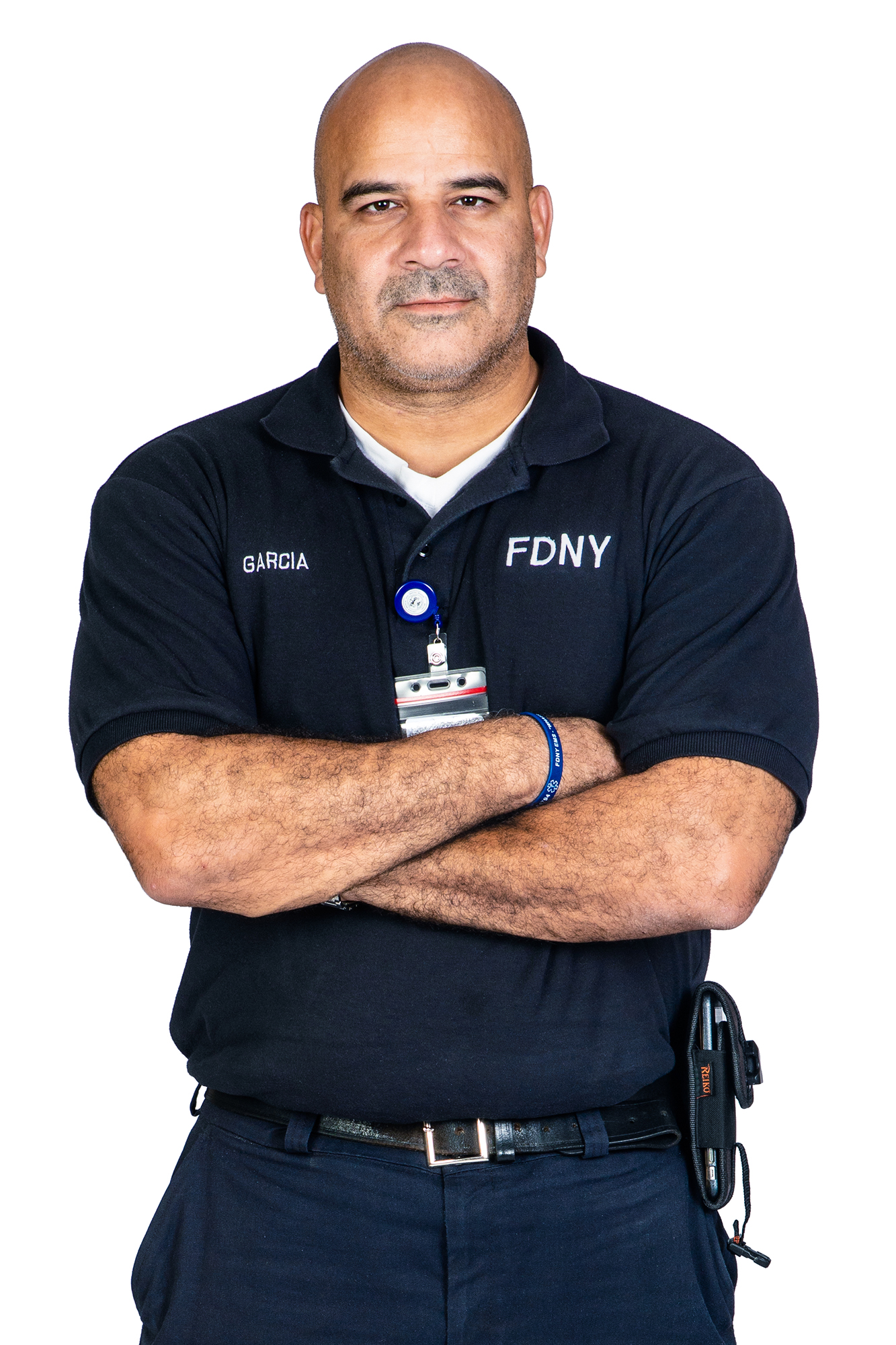
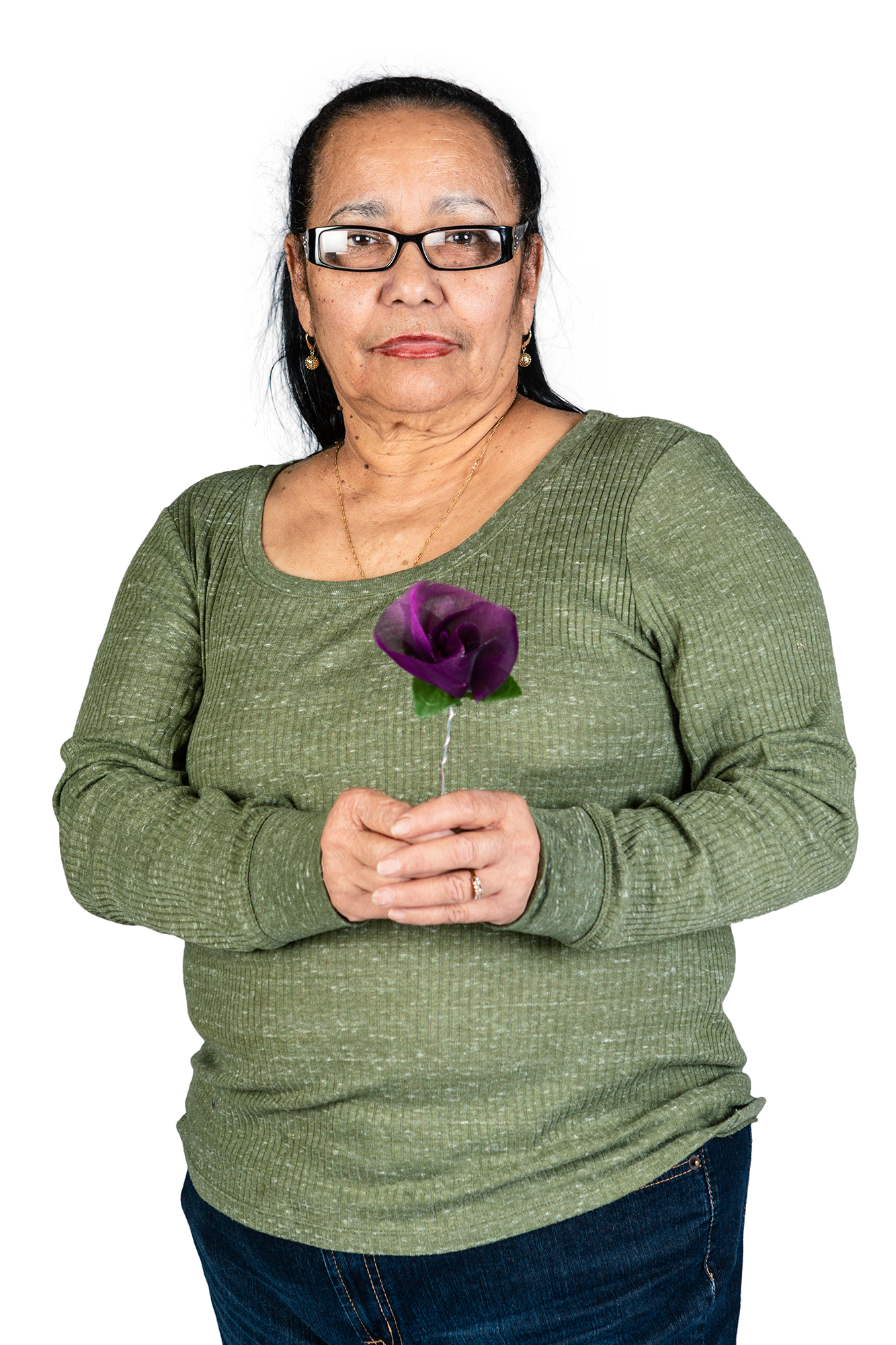
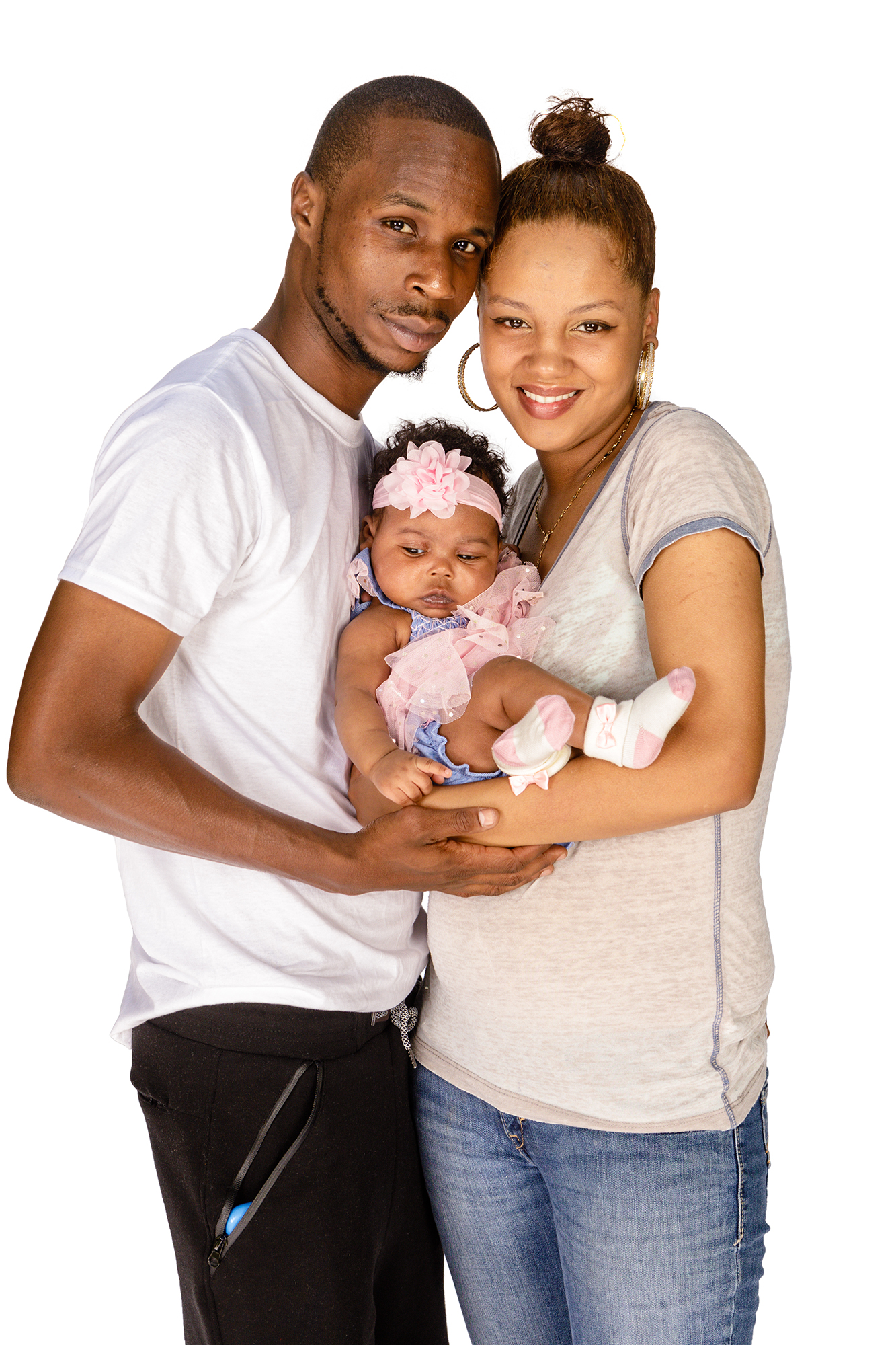
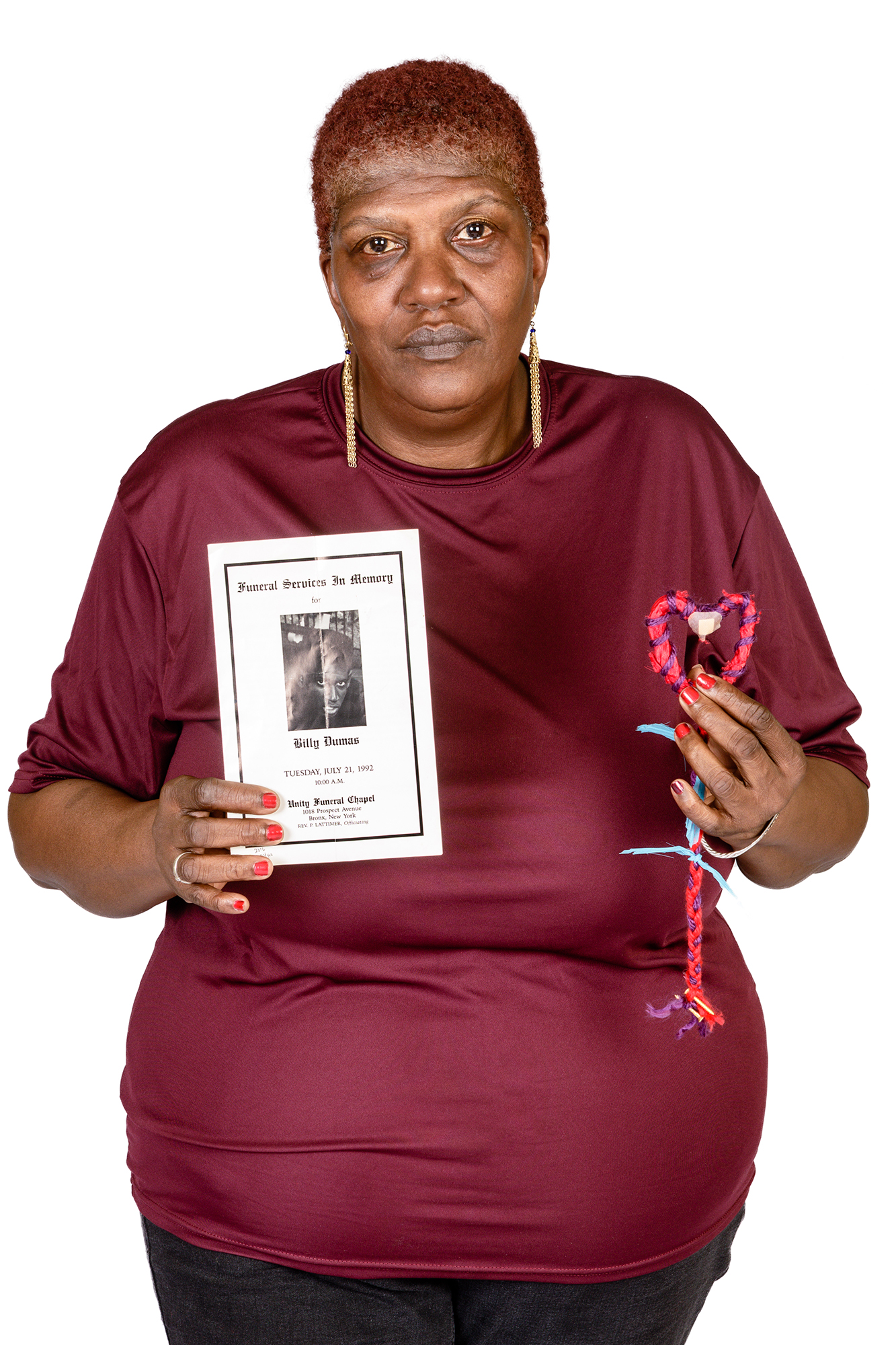
For an exhibition we will rebuild the sculpture, using wood from the venue’s region, just as we did in the Bronx. The 90-minute soundtrack will play on a loop from speakers hung inside the Cocoon. The portraits of the participants will hang on the walls. Visitors will enter into a charged space, created by the people of the Bronx. They can sit inside or outside the sculpture and listen to the stories. By listening, they will add themselves to the work, and become participants. The Cocoon makes the same offer to gallery observers as to its Bronx participants. “To participate in Cocoon is to participate in a certain cultural exchange,” said a Parisian man of Central African ancestry who took part in an earlier Cocoon. “It’s a supposition of humanity. Because what’s humanity? People talk to each other — from several cultures.”
Exhibition Proposal and Supporting Docouments
PDFs to download and print
Exhibition Proposal
Kate Browne CV
Eric Etheridge CV
Budget
Bronx Cocoon sponsors and supporting organizations
